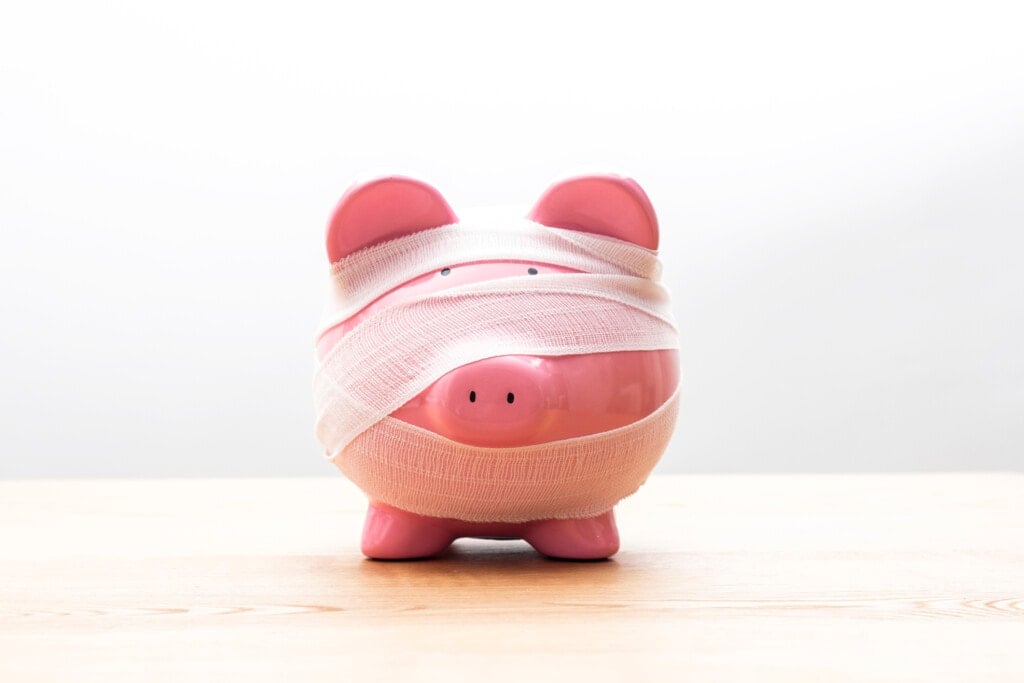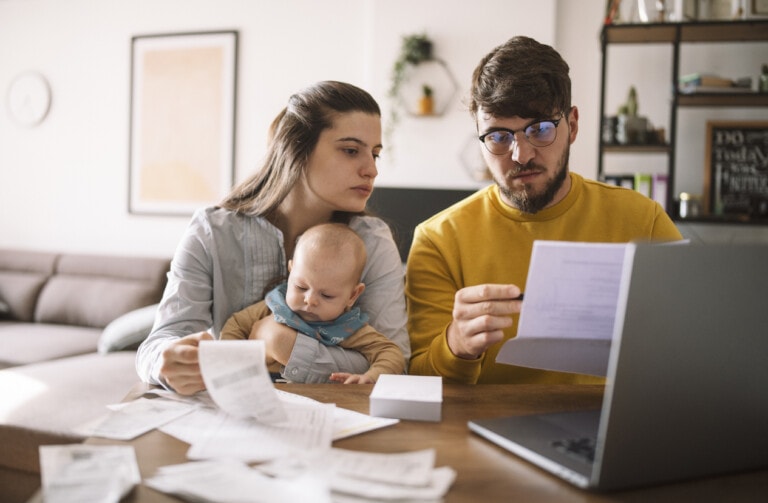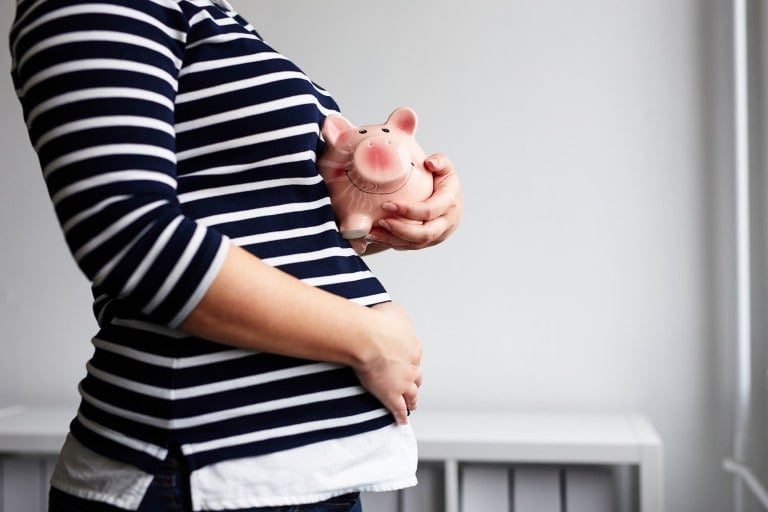When I was young, I vividly remember my grandmother gathering her bank statements from the mailbox and opening them proudly to show me her “rainy day fund.” This was a savings account with the money she would use if something didn’t go as planned and she needed to access her money for an emergency.
In 2021, Bankrate.com conducted a survey and found that only 4 out of 10 Americans could cover a $1,000 emergency.1 As a cultural norm, we have become so used to grabbing a credit card if we have an emergency. This is why less than half of the country would be in a bind if the “you know what” hit the fan.
So How Much Are We Talking?
Most financial gurus will tell you that you need at least three to six months of expenses saved to have a fully funded emergency fund. I don’t disagree. But how much is it: three, four, five, or six months’ worth?
I say it depends. It depends on whether you have more than one income coming into the household, whether you have a family, and whether you have high or low monthly expenses. To determine how much, let’s talk about what an emergency fund should cover.
What an Emergency Fund Should Cover
Monthly Living Expenses
An excellent place to start determining what is needed in an emergency savings account is to sit down and figure out what it costs you to live each month. Start by jotting down your fixed expenses. These are the expenses that don’t change month to month. They may include your rent or mortgage payment, car payments, student loan payments, and credit card minimum payments. Don’t forget about your car, home, and health insurance as well.
Next, move on to expenses you pay each month but may vary (variable expenses) depending on usage. These are bills such as electricity, gas, internet, phone, etc. We are mainly talking about utilities here. If everything goes south, you should make sure that your housing is taken care of and the utilities to run the household.
You will want to decide if you think three months is sufficient or if you would feel better with a more conservative approach. In this case, six months would be a better time frame to prepare for.
Food Expenses
Unlike “utility-type” bills, these are expenses that are a little harder to predict. They mainly involve spending that can vary greatly depending on your personal needs and priorities. If you have an emergency such as a job loss, these are typically the areas that you can cut back on if needed.
These expenses are food-related costs like groceries and eating out. If you are currently not budgeting, you may want to do a little research to determine the average amount spent in these categories over a few months. You can determine this number by pulling your last three months of bank and credit card statements and highlighting what was spent on food and eating out. This will help you figure out an estimate and plan accordingly.
Transportation
You need to make sure you can cover the car payment. But you will also need to determine how much you will need for insurance, gas, and potential car maintenance. You may also need to consider other transportation costs such as parking and public transportation. Again, come up with a rough estimate and multiply it by the number of months you want to prepare for (3-6 months).
Medical Expenses
As I work with clients, I strongly suggest that everyone always have a separate medical savings account to prepare for medical expenses. However, sometimes some emergencies are not budgeted. It is a good idea to throw in a little extra to a larger emergency savings account if there is an accident or unplanned medical event.
I remember when my husband lost his job, company car, and health insurance all in one day while I was pregnant. We did not have emergency savings at that time. It quickly escalated my anxiety. There is nothing more stressful than dealing with a medical emergency and a financial crisis at the same time.
Make Sure You are Covered and Keep Your Hands Off!
Once you have gone through your monthly expenses and determined how much you need to live on each month, you will want to move that money into a separate savings account where the cash can become available, but not too easily. It is good to have this account not linked to your existing checking account so that you are forced to think before you dip into it.
Be sure that you are experiencing a true emergency. This is something that is unplanned and that you could not have anticipated happening. Emergency funds are not for a new outfit or a vacation that you just can’t wait to take.
If you don’t have the emergency savings account balance you would like to have, make this a priority in your monthly budget to continue funding that account. Having an emergency savings account allows you to take the stress and worry out of unplanned events and circumstances beyond your control.































